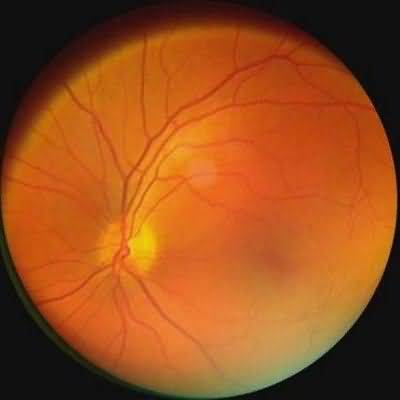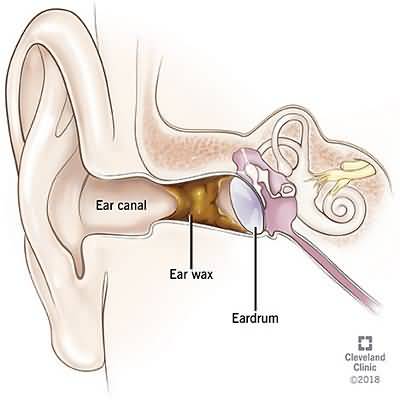Monocular loss of vision
Monocular loss of vision
Transient monocular visual loss (“ocular transient ischemic attack [TIA]”) is usually caused by a retinal embolus from ipsilateral carotid disease or the heart
The visual loss is characteristically described as a curtain passing vertically across the visual field with complete monocular visual loss lasting a few minutes and a similar curtain effect as the episode passes (amaurosis fugax; also called “fleeting blindness”)
An embolus is rarely seen on ophthalmoscopy
Other causes of transient, often recurrent, visual loss due to ocular ischemia are giant cell arteritis, hypercoagulable state (such as antiphospholipid syndrome), hyperviscosity, and severe occlusive carotid disease
More transient visual loss, lasting only a few seconds to 1 minute, usually recur- rent, and affecting one or both eyes, occurs in patients with optic disk swelling, for example in those with raised intracranial pressure
Optic disk swelling requires different investigations
Treatment
All patients with possible embolic transient visual loss should be treated immediately with oral aspirin (at least 81 mg daily), or another antiplatelet drug, until the cause has been determinedAffected patients with 70–99% (and possibly those with 50–69%) ipsilateral carotid artery stenosis should be considered for urgent carotid endarterectomy or possibly angioplasty with stenting
In all patients, vascular risk factors (eg, hypertension) need to be controlled
Retinal embolization due to cardiac arrhythmia, such as atrial fibrillation, or hypercoagulable state usually requires anticoagulation
Cardiac valvular disease and patent foramen ovale may require surgical treatment
When to Refer
In all cases of episodic visual loss, early ophthalmologic consultation is advisable

















